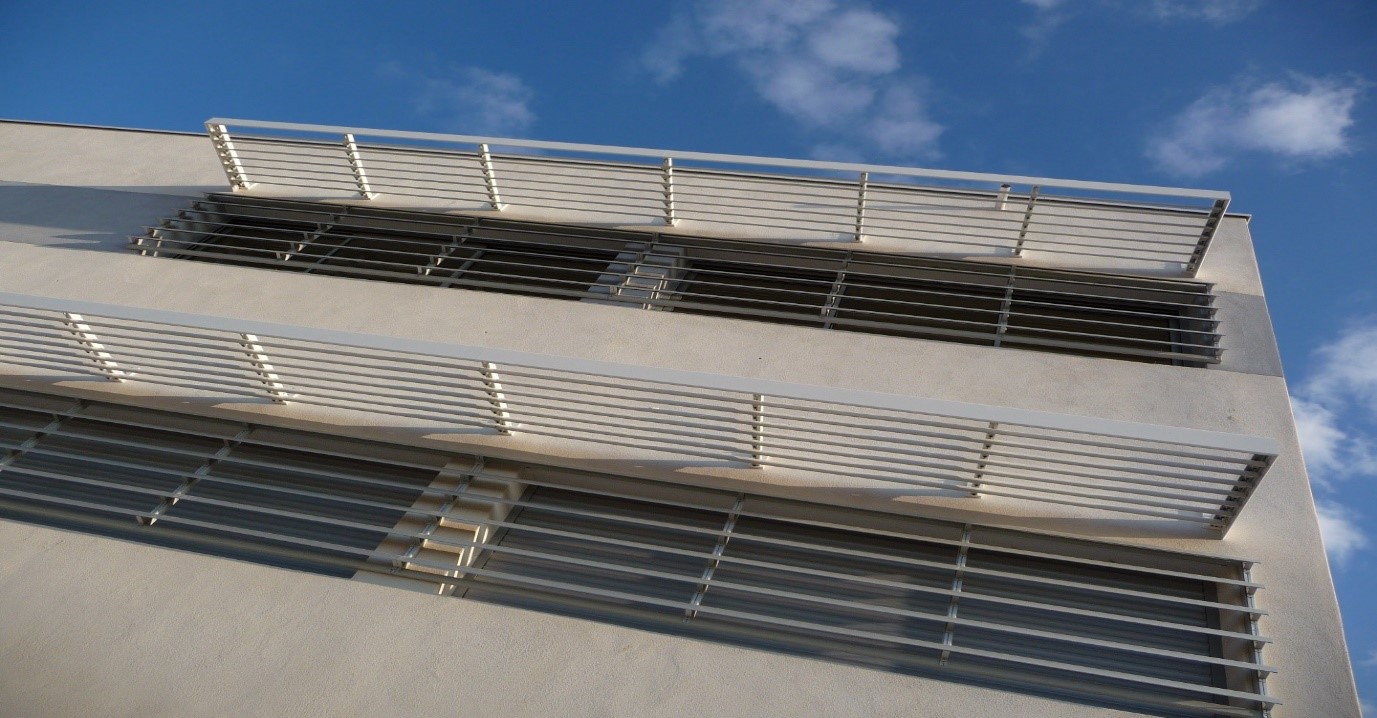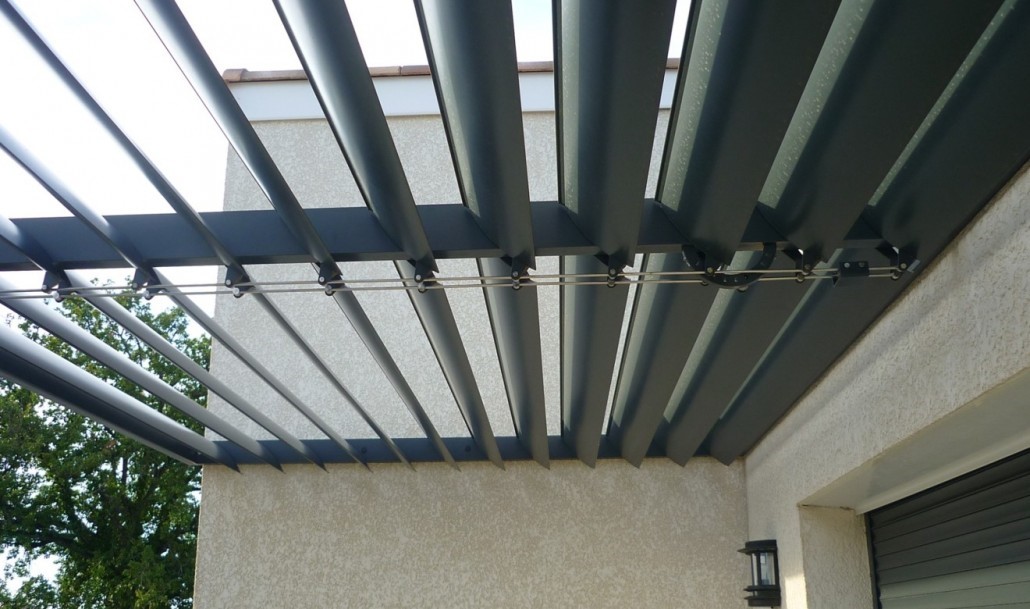
If you’ve never heard of brise soleil systems, then you’re not alone. This is the name given to the vertical or horizontal slats fitted to a building’s exterior to control the amounts of solar heat and light that goes into that structure.
What is the problem?
Modern buildings such as those constructed for offices or schools contain large areas of glass to provide as much natural daylight as possible. This achieves maximum light and creates an open, more spacious feel. The idea is to provide a pleasant environment focused on the wellbeing on its occupants.
The problem that arises from this architecture style is how to control the interior temperature of these mostly glazed buildings. Solar heat gained from the glazing is mostly beneficial at certain times of the day, particularly during autumn and winter. However, too much solar gain during the warmest time of day can cause problems with overheating, akin to trying to work in a greenhouse. Elevation also affects the amount of solar gain experienced, with some floors feeling the heat more than others.
Problem solved
A useful method to control solar gain or reduce it for greater comfort is to install brise soleil. These structures are aesthetically pleasing, as well as functional, as they diffuse light. Combined with internal blinds for solar shading, temperatures are controlled more effectively.
This is how they work
Brise soleil is French and means ‘sun breaker’. The blades or slats project out from the building, normally horizontally, to reduce overheating and glare. They are also available in a vertical style, and either system will allow low-level sun into the building, such as morning and evening but block out the direct sun of the late morning and afternoon.
Barise soleire available in the form of blades or constructed like solid shelves. They are made from a range of different materials including stainless steel, wood and aluminium. For Brise Soleil for your building, visit https://alusystems.uk

What buildings can they be used on?
The systems can be installed onto any type of building exterior. They are used predominantly in buildings where glare and solar heat are causing discomfort for the occupants. They can be seen on hospitals, museums, schools, council buildings, hotels, shops, offices and residential homes. They are ideal for any structure that need to control levels of solar gain experienced over long periods of direct sunlight.
They offer a simple and effective solution to a common problem, consisting of angled shelves to control solar and light waves entering the rooms of the building. They can be manufactured in different material choices and often made to look like wood even if they are metal. Designs and colours can vary as well to best fit with the building design.

A more advanced version is also available which has motorised blades that can be adjusted in angle to respond to changing sun levels. They often blend in so well with the overall building’s architecture that they are seamlessly viewed as one.
